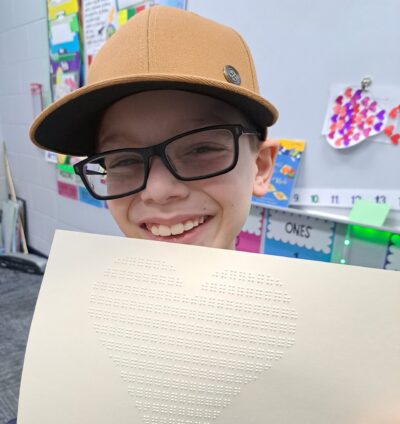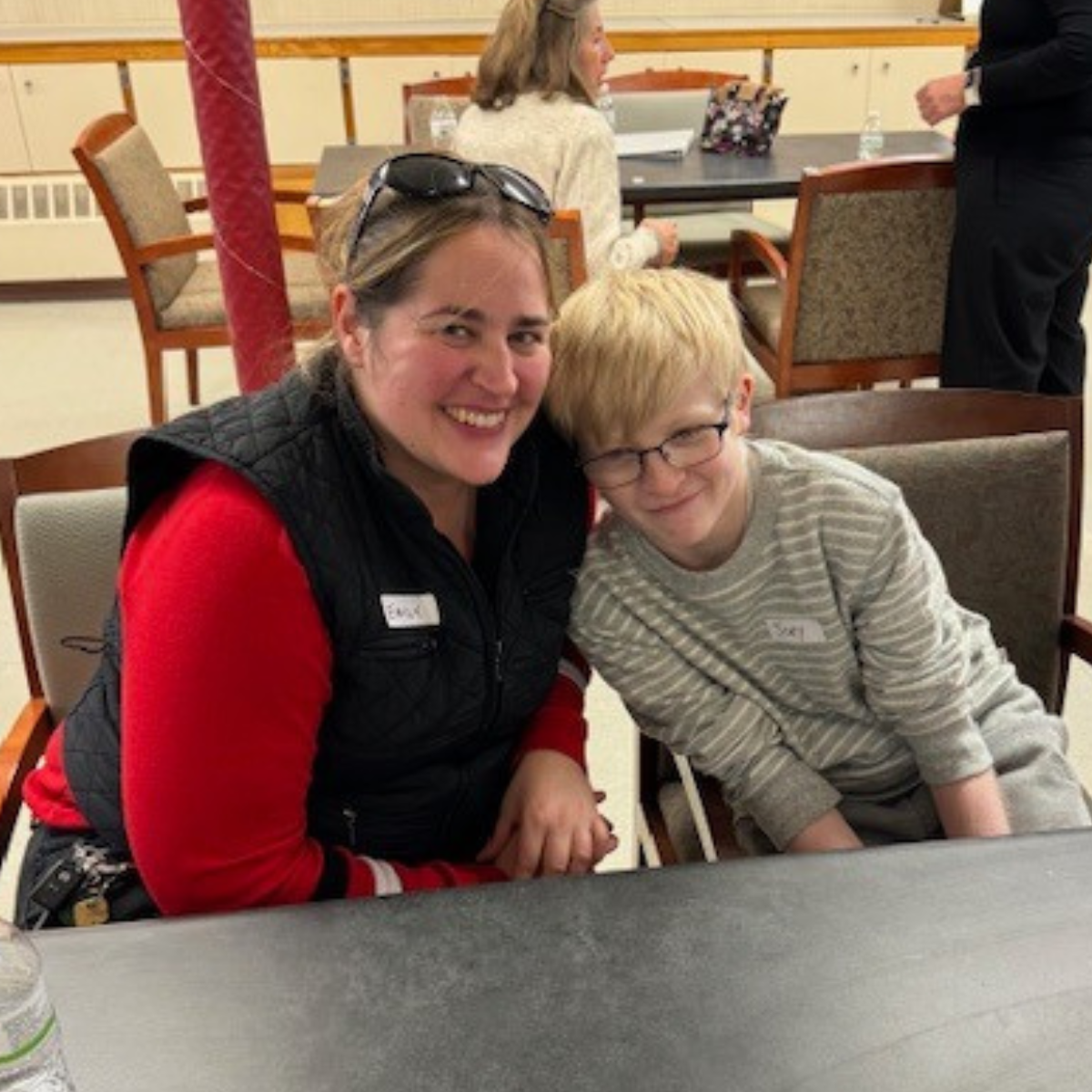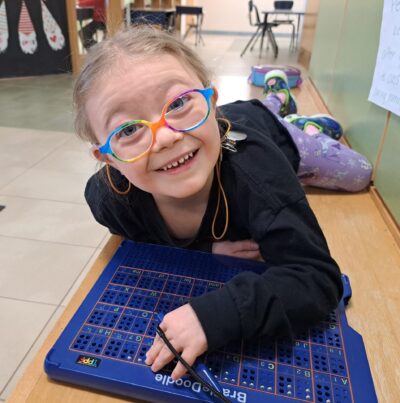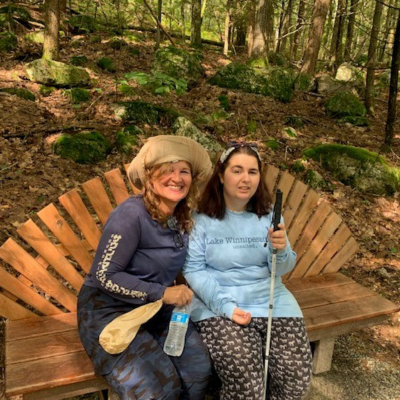If a visual impairment is suspected or diagnosed by a vision specialist, ask your Early Supports and Services provider or your child’s school for a Functional Vision Evaluation (FVE). This comprehensive process – conducted by a Teacher of Students with Visual Impairment (TVI) – includes interviews with parents, caregivers, and other teachers; observations of the child in different environments; and formal and informal visual testing to help answer the question of how the child uses their existing vision and visual processing to learn. The FVE helps to translate the clinical visual diagnosis into an understanding of the needs of the child in school and everyday settings, including what should be considered to help the child learn and function best.
Ideally, a Learning Media Assessment (LMA) should be done at the same time as the FVE. The LMA helps to determine the extent to which the child can learn best using their residual sight (vision), their hearing (auditory) and their sense of touch (tactile), and for what kinds of tasks. Understanding the relative strength of these sensory learning channels is critical for parents and teachers to understand how to help children with visual impairment understand and explore their world and content in school.
An Orientation and Mobility Evaluation (OME) can assess the extent to which the child can perceive where they are and how to move safely from one place to another. This evaluation is conducted by an Orientation and Mobility (O&M) specialist (more info about O&Ms below). For infants and toddlers, the principal location for such an evaluation is in the home and/or day care. For elementary school children, the focus is on school environments, including the classroom, common spaces, gym class, and during recess. Beginning in late elementary school through high school, the focus begins to include safety in community travel, including safety in parking lots, crossing streets and navigating through both familiar and unfamiliar communities.
A significant visual impairment will affect the whole child, including physical, emotional, psycho-social and aspirational elements of their development. Care is needed to ensure the full range of needs and suspected needs are being addressed. Talk to your child’s teachers and vision specialists with any concerns that you have.


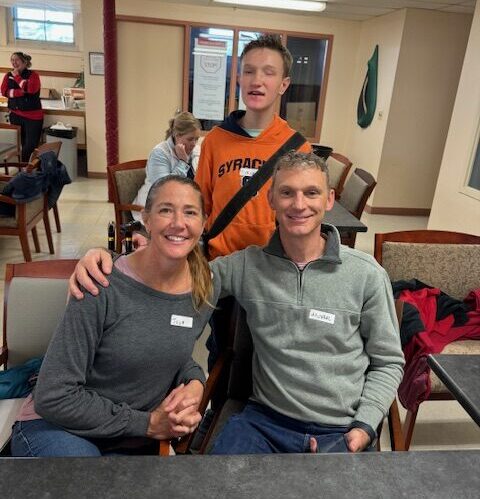
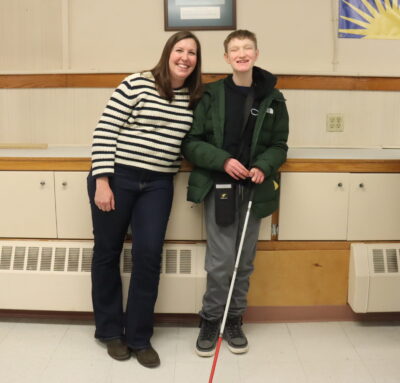
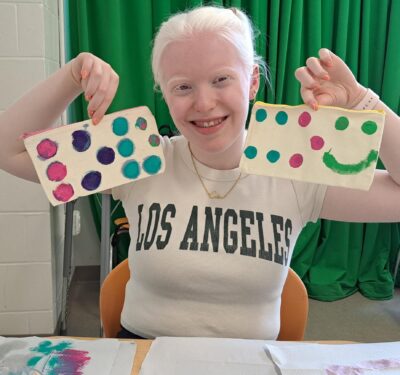



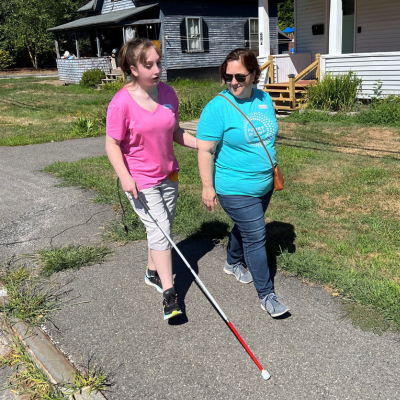 Recommending strategies for safe movement in home, school, and community environments
Recommending strategies for safe movement in home, school, and community environments